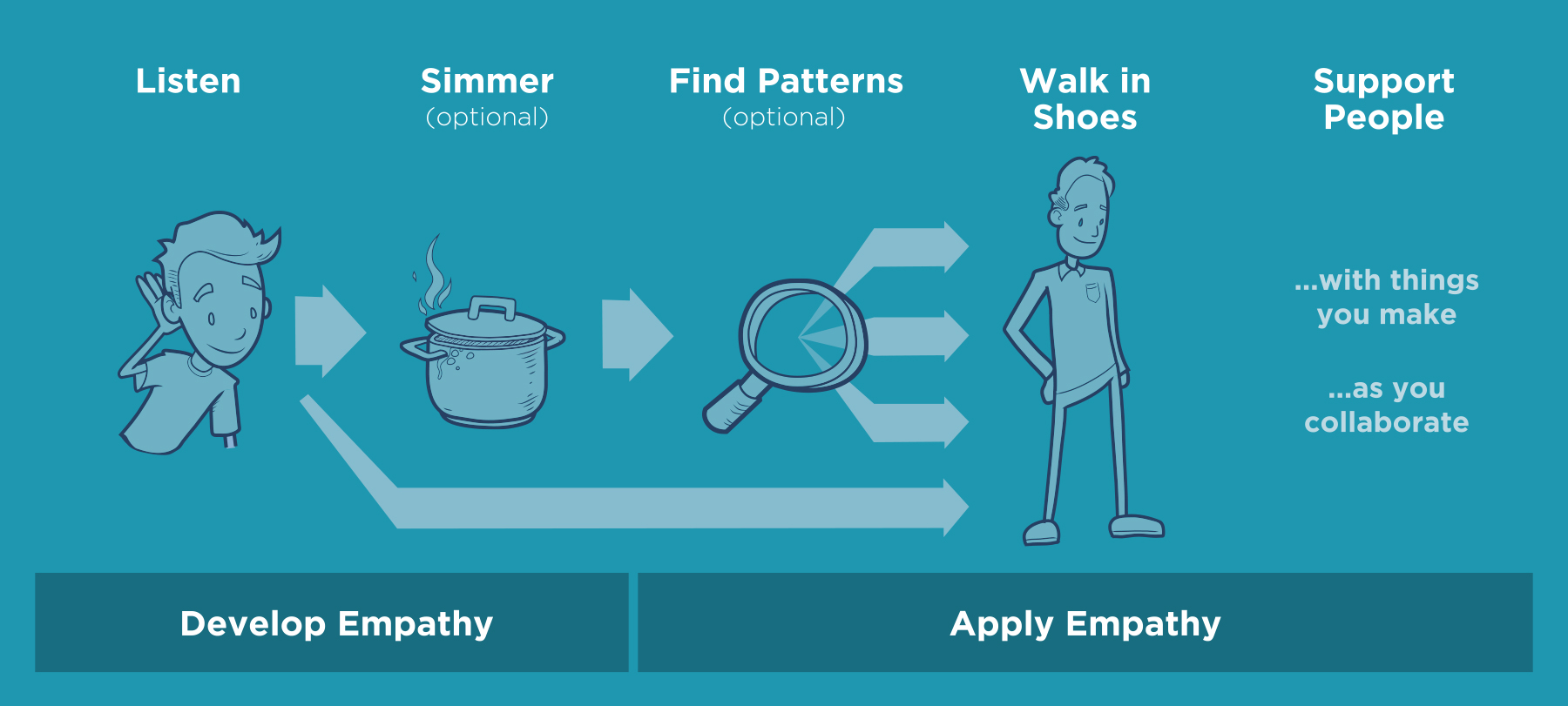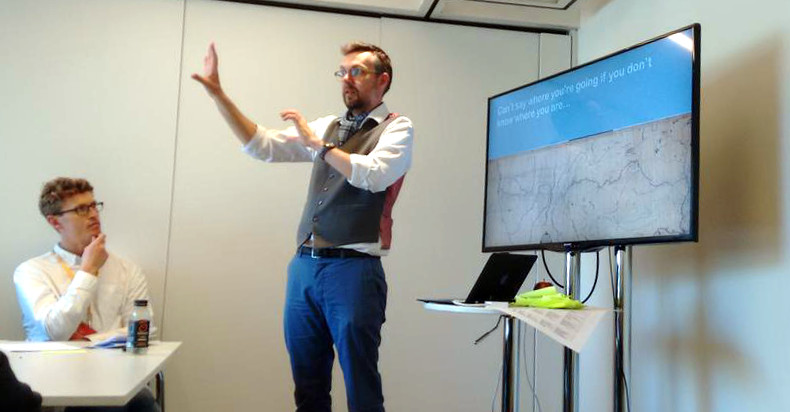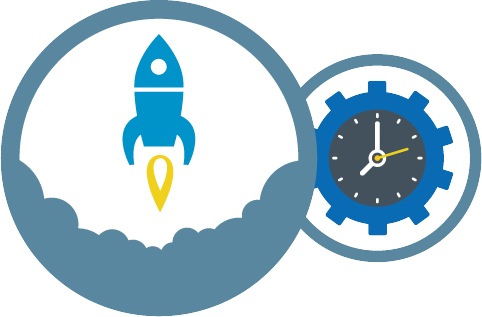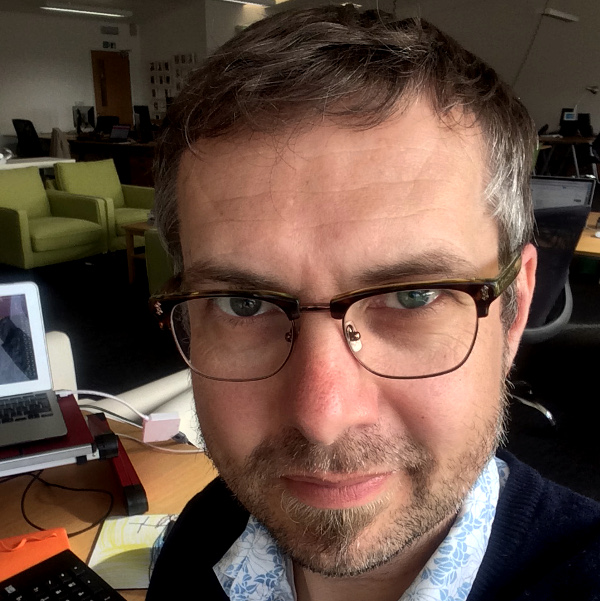
Can you share a map with others – find a new place to go in collaboration? And wouldn’t that be easier to do with people you know and trust? Kamyar Adl on Flickr CC-BY
Right now I am working up a training session for a client about Collaborative Innovation, a variation on Open Innovation really, or a subset thereof. The senior managers of this broadcaster and engineering outfit come together a few times annually for a day of workshops, training seminars and skills presentations, and this year, I’m pitching in. The talk will look at practical steps to manage ideas selection, and setting up processes to execute those ideas, but then I dive into deep water, with skills I believe are essential, and in short supply, but may be controversial.
The session will be in two parts (and is only an hour in total – it’ll be intense!) so after I have introduced the concepts of open innovation itself, crowd sourcing ideas, hackdays hackathons and other ‘standard’ practices, we’ll ask the participants to outline where they see the biggest challenges. Our expectation (partially borne out in the pilot earlier this week) is that at least 2 out of 3 issues will be cultural. And that’s where my theory kicks in.
I’m talking to leaders at these sessions – people who are responsible for setting the tone and institutional attitude of the projects and initiatives they lead. I’ve seen many issues arise in recent years because the teams engaged had a very narrow definition of success – basically they were interested in their own, fairly narrowly defined and often short term objectives. Good leaders have been defined as the sorts of people who instil and maintain exactly this laser like focus on the near term and the tightly defined output of teams. While this can have a desirable impact in terms of meeting arbitrary objectives, I think is has severe negative side effects. In particular when it comes to collaborative and innovative projects.
Collaboration by my definition is activity undertaken jointly by teams and people who are otherwise distinct and different. They may be inside or outside the same organisation, but their direct objectives, their raison d’etre, are not identical. When you have very focussed leaders, this basically means that it’s almost impossible for the project to succeed. The metaphor of a journey is worth considering:
Two people set out on an exploration – their task is to discover a new location suitable for.. well suitable for each of them, for their own reasons. However, they have both decided the journey is worth making, and each believes that having the other along will bring resources and capabilities that will make the journey more practical, affordable, possible (delete as you see fit). Ok, so how do they plan their journey?
Ideally they’d say “well here we are at point ‘a’, and that there is point ‘b’, so lets get the best route.” Except of course no body knows what point ‘b’ is here – it’s innovation, exploration. You don’t know exactly where you’re going to end up.

You could of course set a clear direction. Because actually that’s what a good leader does. At a high level, you set direction, and let the team make best use of their resources to achieve this. However, in our example there are some problems already.
In order to set a clear direction, you really have to at least know where you are now. And you really need to know your traveling companion too – what routes can they follow, what load can they bear, where are they starting from. And I believe that too often, leaders in collaborative innovation projects are blind to these factors. If you have a laser focus on your team, on your objectives, why take the time to understand the partners in your innovation?
The best reason I can give to take the time to understand, is that if you don’t then your project will fail. You will instil a negative attitude in your team toward the collaborators, you’ll miss key signs of issues bubbling away, you won’t have an open communications channel to deal with problems, and because you cannot give your team a clear direction they’ll be unable to self manage to deliver their best performance. Fear, uncertainty, doubt – you could’t invent a better self destruct package for your project!
There is, I think a fix. It’s not easy. It needs a skill few people possess, and fewer have well practiced, but on the other hand, it’s a skill, so it’s learnable. It’s empathic listening, and it’s described in detail in Indi Young’s great new book “Practical Empathy”.
The techniques that Indi describes in her book are simple, and well defined, but really hard to get to grips with. People with a journalistic or counselling background might have the skills already, but the intense listening process, with no ‘self’ in the conversation, is something I’m finding really challenging to put into practice. The result though is an insight into your collaborator’s mindset that should be incredibly valuable.

The Listening for Empathy process in a nutshell – these steps are simple in principle, and powerful, but take practice to really use well. CCBY Rosenfeld Media on Flickr
Once you actually ‘understand’ your fellow collaborator, then you can together define where you’re both starting from, and define that direction to head in. Your teams will follow the lead you set in trusting their collaborators, in finding joint solutions rather than blaming each other, and in making the best of all their talents.
The difference that is possible, and the problems I have seen that could be headed off, are well worth the effort to get to grips with this process. Their may well be other, equally valid approaches, but I think Indi’s techniques are accessible, and practical, and I certainly hope I do them justice next month in the workshops. Gah said it. Workshops – and there aren’t even any lathes grrrr.






Recent Comments